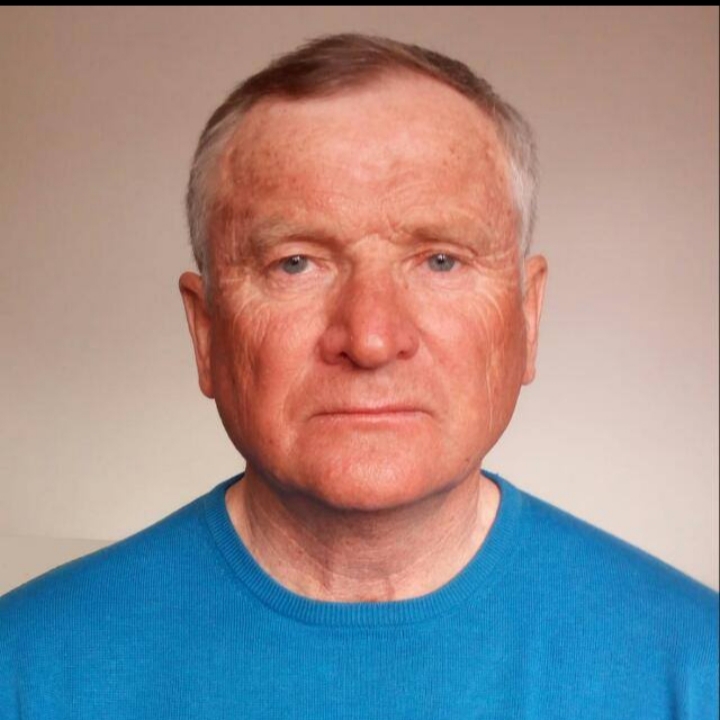After the USSR collapse, all the republics that gained independence created their own armed forces. CABAR.asia decided to analyze military strength of the Central Asian countries.
Follow us on LinkedIn
To compare the military strength of the world powers, the Global Firepower ranking uses a complex assessment methodology that considers over 50 individual factors. According to the results, the state’s armed forces receive the Power Index, reflecting their strength.
For greater credibility of the rating, a system of bonuses and penalties is applied. In addition, several other conditions provide credibility:
- the assessment does not include nuclear weapons;
- the assessment includes the geographical features of the country;
- the assessment considers not only the number of weapons and equipment;
- the assessment considers the production and consumption of certain resources;
- landlocked countries do not receive penalties for the absence of the Navy forces;
- the penalty applies for the limited capabilities of the Navy;
- the assessment does not consider the aspects of political and military leadership ofthe country.
Uzbekistan
The Armed Forces of Uzbekistan are reported to be the most powerful in the Central Asian region. They were created on January 14, 1992 and include the military command and control bodies of the Ground force, the Air and Air Defense forces, the Navy, the National Guard and the Frontier service.
Kazakhstan
The Armed Forces of the Republic of Kazakhstan were created by the decree of President Nursultan Nazarbayev of May 7, 1992. The Armed Forces include the military command and control bodies of the Ground Forces, the Air and Air Defense forces, the Naval forces, the Airmobile forces, Special forces, military educational institutions, military scientific institutions and other organizations.
Turkmenistan
The Armed Forces of Turkmenistan were created on January 28, 1992. Armed Forces include command and control bodies, the Ground forces, the Air and Air Defense forces, the Navy and other formations (State Border Guard Service, etc.).
Tajikistan
Unlike other former Soviet republics in Central Asia, Tajikistan did not receive any military equipment from the former Soviet army. The Armed Forces were created on February 22, 1993.
The Armed Forces consist of the Ground forces, the Mobile forces, the Air and Air Defense forces, the Special forces, the Airborne Forces troupes, the National Guard and Security forces (internal and border troops).
Kyrgyzstan
The Armed Forces of Kyrgyzstan were created on May 29, 1992, when, by decree of the President of Kyrgyzstan Askar Akayev, all formations and units of the Soviet Army deployed in the republic were taken under his jurisdiction. They include the Ground forces, Air forces, the State Border Guard Service and the National Guard of Kyrgyzstan.
Today, Kazakhstan’s defense budget is the largest in Central Asia — about four times that of Uzbekistan. Moreover, his position in the ranking below. As the combat pilot and war veteran in Afghanistan Stanislav Rogovsky explains, this is due to the fact that the population of Uzbekistan is larger and the environment is more restless.

“The external borders with Afghanistan, the various radical movements and the bitter experience they endured are all experience and quality. Also, the state of the armed forces can be quantitatively different and by technology you can see that this significantly affects the characteristics,” Rogovsky says.
But the combat readiness of the army is not only the number of military personnel and equipment. According to the head of the Central Asia and Kazakhstan department at the Institute of the CIS countries, Andrei Grozin, all these numbers do not say anything about the level of real combat readiness.
“In fact, the military strengths of post-Soviet Central Asia are fictitious. Such armies cannot fight. Kazakhstan and Uzbekistan have the most efficient armies in all respects. However, these armies are not capable of carrying global military operations. They are not adapted for this, they are mostly an instrumental apparatus,” Grozin says.

As the expert notes, all theoretical points are tested by practice.
“Combat experience is a gainful thing. For Central Asia there is no such experience, only the Tajik civil war and confrontation on the border with Afghanistan. Cross-border conflicts, trapping smugglers, shooting with them is not an army’s combat experience,” Grozin says.
As Stanislav Rogovsky notes, counteractions between the countries of the region are hardly possible. In this matter, geopolitics is crucial. According to him, Uzbekistan will by no means come into conflict with its neighbors, as it produces a large number of goods that are exported.
“Any confrontation between Central Asian countries will look hilarious to the whole world. If the war starts, it will be ridiculous. Modern war happens when a person does not even know who killed him; he did not see or hear the attack coming. Therefore, such conflicts are leading nowhere; they are only destructing the countries. The defense capability of the state can only be effective if it is united with its neighbors,” Stanislav Rogovsky concluded.

Andrei Grozin notes that the ratings also do not evaluate the level of training in conducting military operations involving new technical activities. This applies to unmanned aerial vehicles, command and control with electronic warfare systems and everything related to high technology. And in general, the technical equipment of the armies of the countries of Central Asia is mainly Russian-made, as well as what remains after the Soviet army.
“According to data from open sources, it becomes clear that not the Kazakhs, but the Uzbeks modernize their military equipment the most. They spent more on the structural adjustment and the modernization of their Air Force over the past two years. This does not mean militarization, thing is, the equipment only required maintenance,” the expert notes.
In general, Grozin believes that a thorough preparation of human resources for the Central Asian military is necessary. The armed forces can be equipped with the most advanced technologies, but who will use them? In his opinion, the armies of the countries of Central Asia need a high degree of training of human resources.

